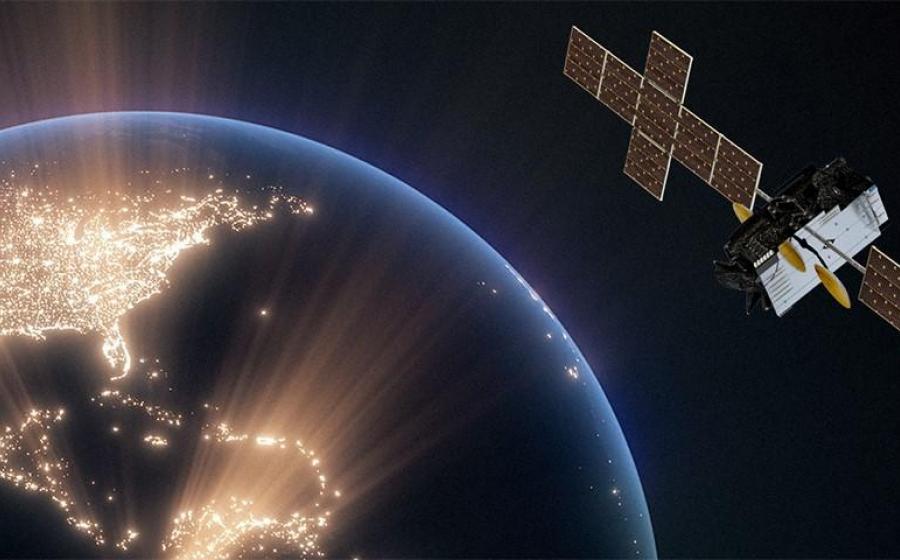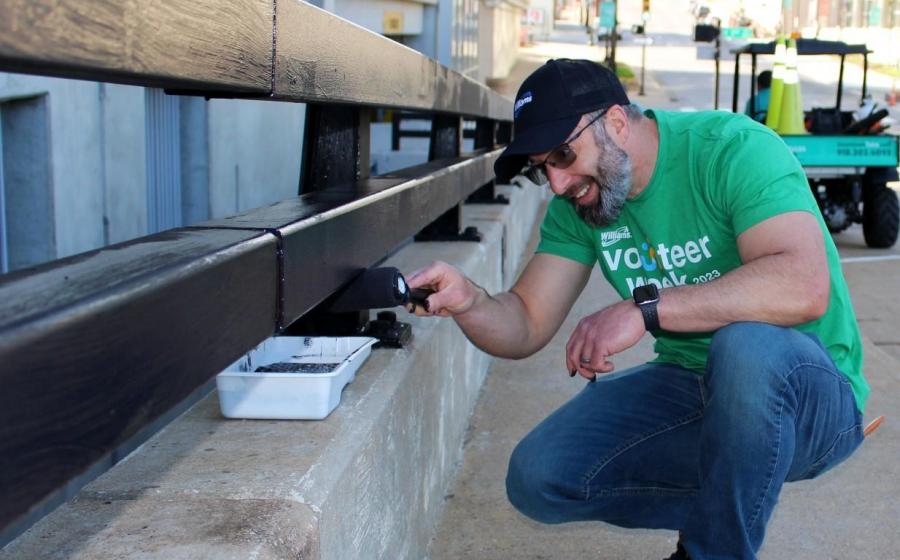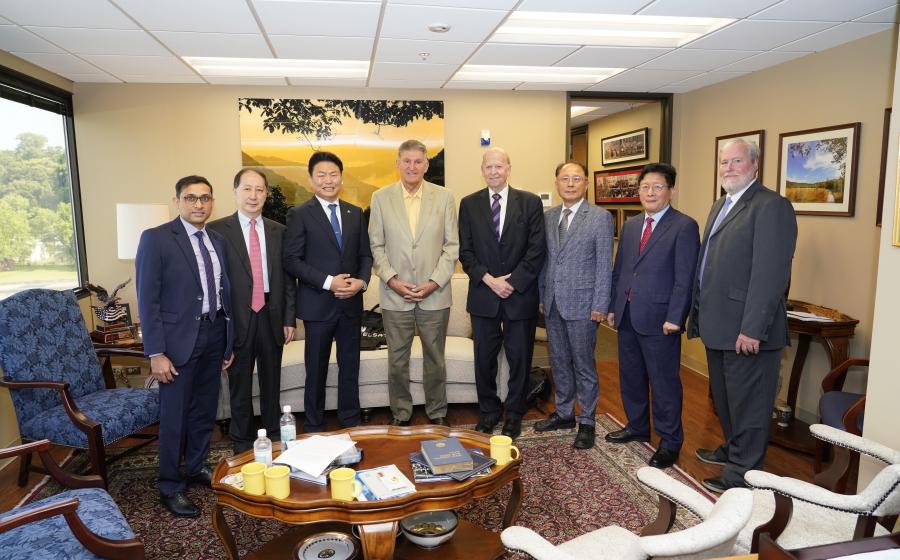BRINGING SATELLITE COMMUNICATIONS DOWN TO EARTH: A LOOK INSIDE THE CONNECTIVITY ECOSYSTEM
(NewsUSA) - Satellite technology has evolved significantly since the launch of the world’s first satellite on October 4, 1957. Since then, satellites have become a prominent topic of discussion in the news, with launches occurring weekly in the hopes of advancing communication methods for future generations. Satellites have numerous capabilities, including providing new pathways for consumers and businesses and opening the door for emerging technologies such as direct-to-device functionality.
- Satellite technology has evolved significantly since the launch of the world’s first satellite on October 4, 1957. Since then, satellites have become a prominent topic of discussion in the news, with launches occurring weekly in the hopes of advancing communication methods for future generations. Satellites have numerous capabilities, including providing new pathways for consumers and businesses and opening the door for emerging technologies such as direct-to-device functionality.
Today, satellites have countless use cases, providing individuals with anything from GPS navigation in their cars and internet connectivity at home, to providing military personnel communication options on the battlefield and first responders the ability to communicate with essential services amidst an emergency or natural disaster. Satellites are crucial for staying connected, as they provide individuals beyond the reach of cable and fiber connectivity with necessary communication and fill the void of technologies that are exiting the market such as 3G and digital subscriber lines (DSL).
When considering the satellite industry holistically, three main satellite types provide the common connections and services the world is most familiar with:
Geostationary Orbit
Sitting 22,000 miles in the sky, satellites in geostationary orbit (GEO) are the workhorses of the connectivity ecosystem. GEO satellites rotate at the same speed as the Earth, staying over the same location and beaming coverage over entire continents. This makes them extremely efficient and able to deliver more bandwidth at a lower cost– making them perfectly suited for common consumer internet uses like surfing the web, sharing large files, watching videos or connecting multiple devices. Most recently, Hughes, the leading provider and inventor of satellite internet, launched JUPITER™ 3, the largest commercial communications satellite ever built. This satellite is uniquely engineered to meet customers’ needs and can target capacity where it’s needed most, such as rural regions of the Americas. This provides customers with more data and higher speeds so they can stay connected to the applications and services they depend on every day.
Medium Earth Orbit
Satellites in Medium Earth Orbit (MEO) sit 3,000 to 12,000 miles above the Earth and specialize in covering areas far from the equator. MEO satellites are often used to power global navigation and other satellite systems. Newer MEO satellites can deliver more bandwidth and support some lower latency applications.
Low Earth Orbit
Satellites in Low Earth Orbit (LEO) are closest to the Earth out of all three, with some only 300 miles above the ground. LEO satellite constellations can provide global coverage across oceans, mountains, and even the North and South Poles. Due to their close position to the Earth, it takes LEO satellites less time to send a signal back and forth to a user on the ground. This reduces the signal delay called latency and makes LEO satellites useful for supporting applications such as financial transactions, online video games and virtual private networks.
Every type of connectivity has relative advantages – and no one form of connectivity is going to be the single best solution for all use cases. For people who live outside the reach of cable, and where a wireless signal is too weak for a fixed service, you can now complement a satellite connection with a wireless signal to deliver the best of both – high speed and low latency. For example, Hughes recently launched HughesNet Fusion® plans, which combine satellite and wireless technologies to deliver a high-speed, low-latency, reliable and more responsive internet experience.
Meeting the growing demand for connectivity will take every kind of transport – across LEO, MEO and GEO as well as terrestrial options here on Earth. As satellites continue to stand strong as the backbone of the world’s connectivity ecosystem, smart enabling technologies will be key in integrating these tools to connect people in ways never thought possible.


 -
-  Wildflowers Never Die by Randall Howlett and Deb Turnbull DeVries
Wildflowers Never Die by Randall Howlett and Deb Turnbull DeVries No Stone Unturned by Nadean Stone
No Stone Unturned by Nadean Stone The Walls of Lucca by Steve Physioc
The Walls of Lucca by Steve Physioc Innocence Denied: A Holocaust Childhood by Johannes Krane
Innocence Denied: A Holocaust Childhood by Johannes Krane
 - Painting bridges. Teaching kids to fish. Shining up an airplane museum. The 120 volunteer projects that took place across 19 states during Williams Volunteer Week this April were as varied as the employees who initiated them.
- Painting bridges. Teaching kids to fish. Shining up an airplane museum. The 120 volunteer projects that took place across 19 states during Williams Volunteer Week this April were as varied as the employees who initiated them. Projects ranged from picking up trash, volunteering at schools, spending time with veterans and swinging hammers with Habitat for Humanity.
Projects ranged from picking up trash, volunteering at schools, spending time with veterans and swinging hammers with Habitat for Humanity.
 - The
- The  - You have worked hard for your professional license, and protecting it is essential to your professional success. Unfortunately, a single accusation could derail your hard work and effort in establishing a professional reputation, especially if you work in state-regulated areas such as law, child care, or real estate.
- You have worked hard for your professional license, and protecting it is essential to your professional success. Unfortunately, a single accusation could derail your hard work and effort in establishing a professional reputation, especially if you work in state-regulated areas such as law, child care, or real estate.
 -
- 
 - When will you break away from your 9-to-5 job so you can embrace the lifestyle of your dreams? “Hindsight 2020” author Kyle Corbett is motivating would-be entrepreneurs who are still in their 20s to make the leap now, before the economy tanks and life traps them at their desk jobs.
- When will you break away from your 9-to-5 job so you can embrace the lifestyle of your dreams? “Hindsight 2020” author Kyle Corbett is motivating would-be entrepreneurs who are still in their 20s to make the leap now, before the economy tanks and life traps them at their desk jobs.
 -
- 
 - From election-season opinion polls to holiday-season parties, “fake news” is everywhere – and the harm goes beyond what’s said on the evening broadcast or the dinner table.
- From election-season opinion polls to holiday-season parties, “fake news” is everywhere – and the harm goes beyond what’s said on the evening broadcast or the dinner table.
 - In a landmark Memorandum of Understanding (MOU) signed on May 17, 2022, by Mitch Carmichael, the Secretary of State for Economic Development of West Virginia, and Yong Soo Jun, Chairman of UNDBIO, Inc. the State of West Virginia agreed to provide fiscal, tax, and other incentives to promote UNDBIO’s production of insulin in West Virginia. Secretary Carmichael also pledged to work with state, county, and local officials to promote UNDBIO’s insulin production.
- In a landmark Memorandum of Understanding (MOU) signed on May 17, 2022, by Mitch Carmichael, the Secretary of State for Economic Development of West Virginia, and Yong Soo Jun, Chairman of UNDBIO, Inc. the State of West Virginia agreed to provide fiscal, tax, and other incentives to promote UNDBIO’s production of insulin in West Virginia. Secretary Carmichael also pledged to work with state, county, and local officials to promote UNDBIO’s insulin production. 



